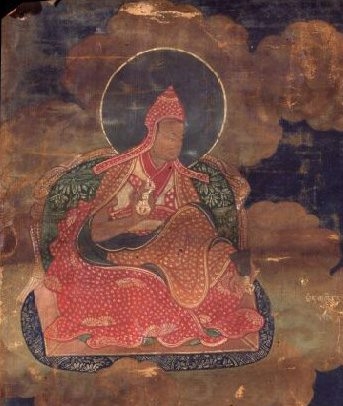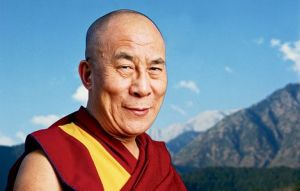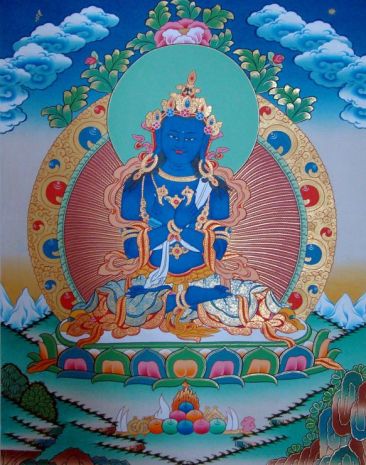
“All types of karma are tainted by the ignorance of not realizing the natural state. Ignorance leads to self-cherishing. Action that is motivated by self-cherishing becomes the cause of cyclic existence. If I wonder whether I have this affliction of ignorance, I need only examine my mind. I do not know the nature of cyclic existence, nor when or how it began. I do not know the nature of liberation or the methods of attaining it. I do not even know how to become certain about these things. It is possible I may have a rudimentary understanding through study and reflection, but when I examine the way things appear in my own mind, no matter how I look at it, finding truth is like trying to imagine a distant country I have never visited. I am left with just a vague, blurry, uncertain concept. Because I do not understand the condition of cyclic existence and liberation, doubts about ultimate truth arise. From that, all wrong views, such as clinging to a self where there is no self, arise; hence, all wrong views proceed from basic ignorance.
Furthermore, initially I am attached to my body and mind. Based on that, I become attached to other sentient beings – [sexual partners], my close friends, servants and so forth. I also become attached to things – food, clothing, possessions, my house, field, wealth, goods, country and so forth. The sense of painful mental longing and liking I feel towards my body and possessions is the emotional affliction of attachment. Based on this, pride, greed, and jealousy arise.
Towards anything that harms me or my possessions, I feel aversion. With a feeling of discomfort, I fixate mentally on sentient beings who harm or threaten to harm me or anything I hold dear. This mental state is anger or aversion. Sometimes I even become angry at inanimate objects. For example, a place or dwelling may trigger mental discomfort. I may become irritated that my field is flooded by a river. All of these are examples indicating the presence of aversion. The coarse mental state arising from strong anger that wishes to harm others, wrath, irritation, malice and so forth are all forms of aversion.
Since these three poisons [of ignorance, attachment, and aversion] cause me and all sentient beings to wander in cyclic existence, I will abandon them as much as possible. I will recognize the emotional afflictions that arise in my continuum and identify the actions that proceed from those afflictions.”
[From Essence of Ambrosia by Tāranātha]







